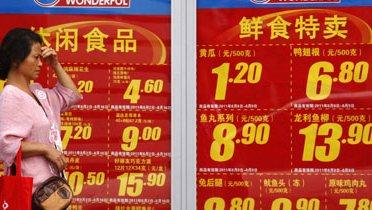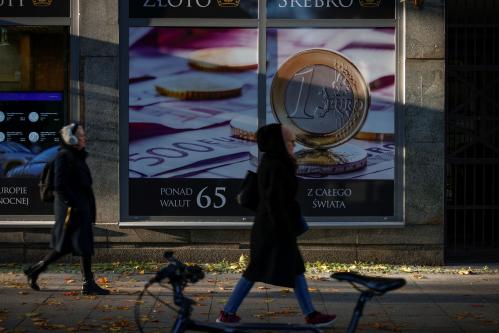INTRODUCTION
Since April, Chinese policymakers have maintained a consistent focus on fighting inflation. April 2011 marked an important turning point from the policy stance maintained through most of 2010, during which policymakers delayed tough action and adopted a wait-and-see attitude on the dangers of inflation. Although policy has been resolute since April, the delays had real costs. Inflationary pressures have been allowed to take root, making the effort to control inflation costlier and more difficult than it needed to be. The consumer price index grew 5.4 percent in March, which surpassed China’s traditional 5 percent “red line” and immediately triggered the more resolute policy line. Despite the new seriousness, the inflation rate has remained high, and even drifted upward to 6.5 percent in July.
These economic conditions have an immediate effect on the political environment. Inflation is very unpopular in China, and when price increases are this evident, it provokes frustration and anger, particularly among middle-class urban dwellers. Indeed, immediately after the inflation figures for March were published, Shanghai truck drivers staged a three-day strike over soaring fuel prices and port charges. Although the protest was defused with concessions on port charges, it seemed to initiate a season of discontent. As the summer passed, a series of incidents (covered in the official press) contributed to the unsettled public mood: two bridges collapsed; the offshore oil industry encountered spills and fires; and the new Beijing-Shanghai high-speed rail line encountered four separate “glitches” in the first 10 days of operation. All these incidents were overshadowed by the shocking crash of the high-speed train near Wenzhou that killed 40 passengers on July 26. Until open reporting was halted by propaganda officials four days later, an outpouring of shock, grief, and outrage gave eloquent expression to the public mood.




